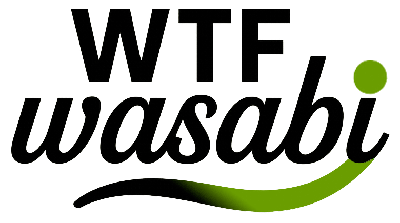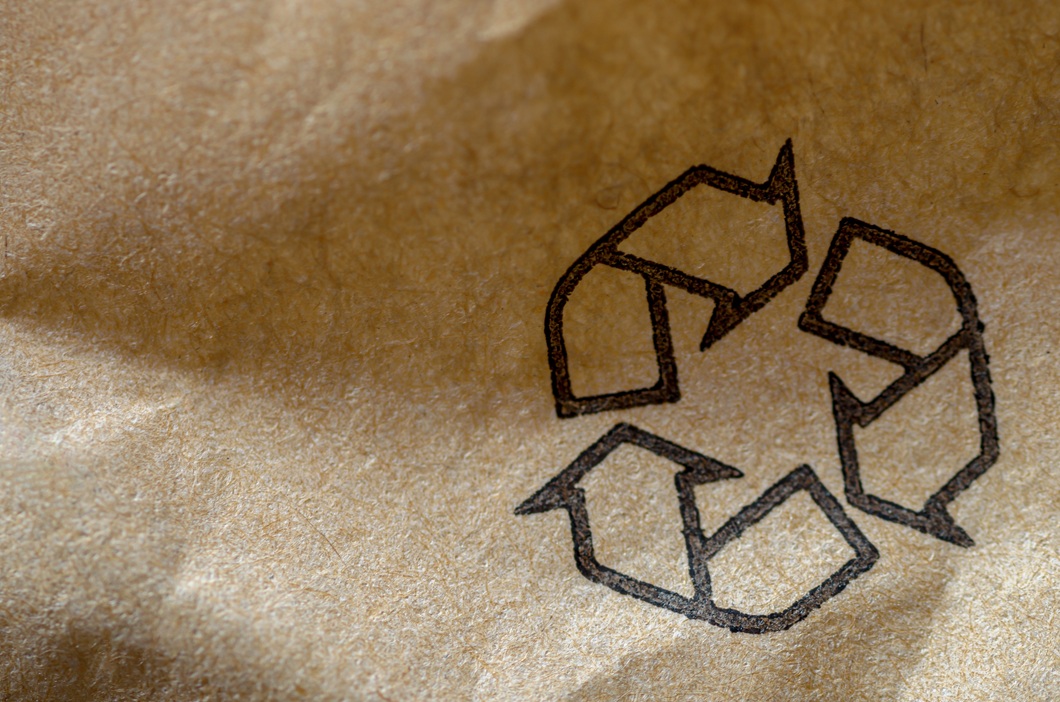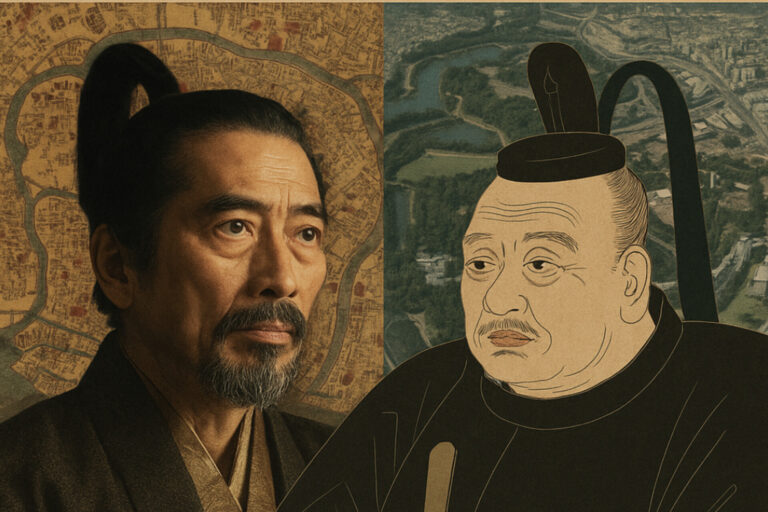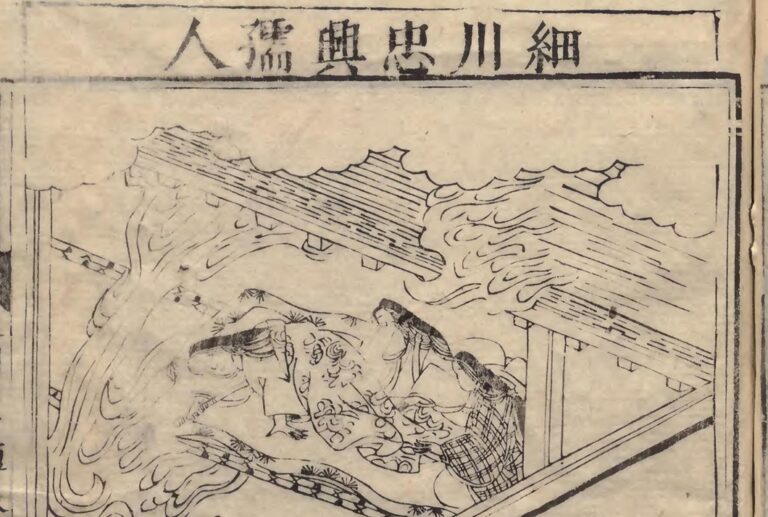Japan Has Been Recycling Paper for 1300 Years — The Essence of “Mottainai” Culture
Japan has been reusing paper for more than a thousand years. From Asakusa paper and Kankonshi in the Edo period to modern recycling systems — this article introduces the long history of paper shaped by the spirit of “mottainai.”
My Small Episode
When an English friend, suffering from rhinitis, looked like her nose was about to drip, I pulled out two or three tissues and handed them to her. She replied, “I don’t need it,” and at the same time gave me a critical look, as if I was wasting them. That sarcastic, almost blaming attitude typical of the English left me puzzled. In Japan, using tissues or toilet paper without hesitation is normal, and nobody says it is “wasteful.”
But when I thought about the background of this difference, I realized it was connected to Japan’s unique history and culture.
The History of Paper Recycling in Japan
The history of paper recycling in Japan goes back about 1300 years, to the Nara period. At the Shosoin repository, there remain reused papers called sukikaeshi-gami, made by repulping old documents and sutras, regarded as some of the oldest recycled papers in the world.
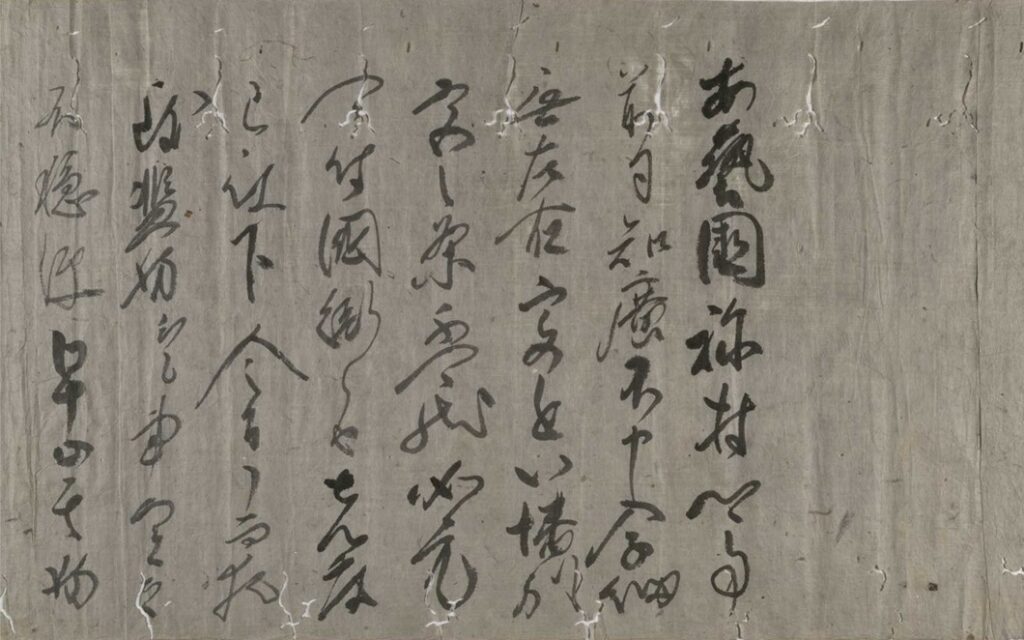
In the Edo period, waste paper collectors walked through the town buying used paper. The paper was gathered at brokers called tateba and then sent to repulping workshops in Asakusa or Adachi. The recycled papers were called Asakusa-gami or Kankonshi — paper with its soul returned. Lower-quality paper was used as otoshi-gami, the ancestor of modern toilet paper.
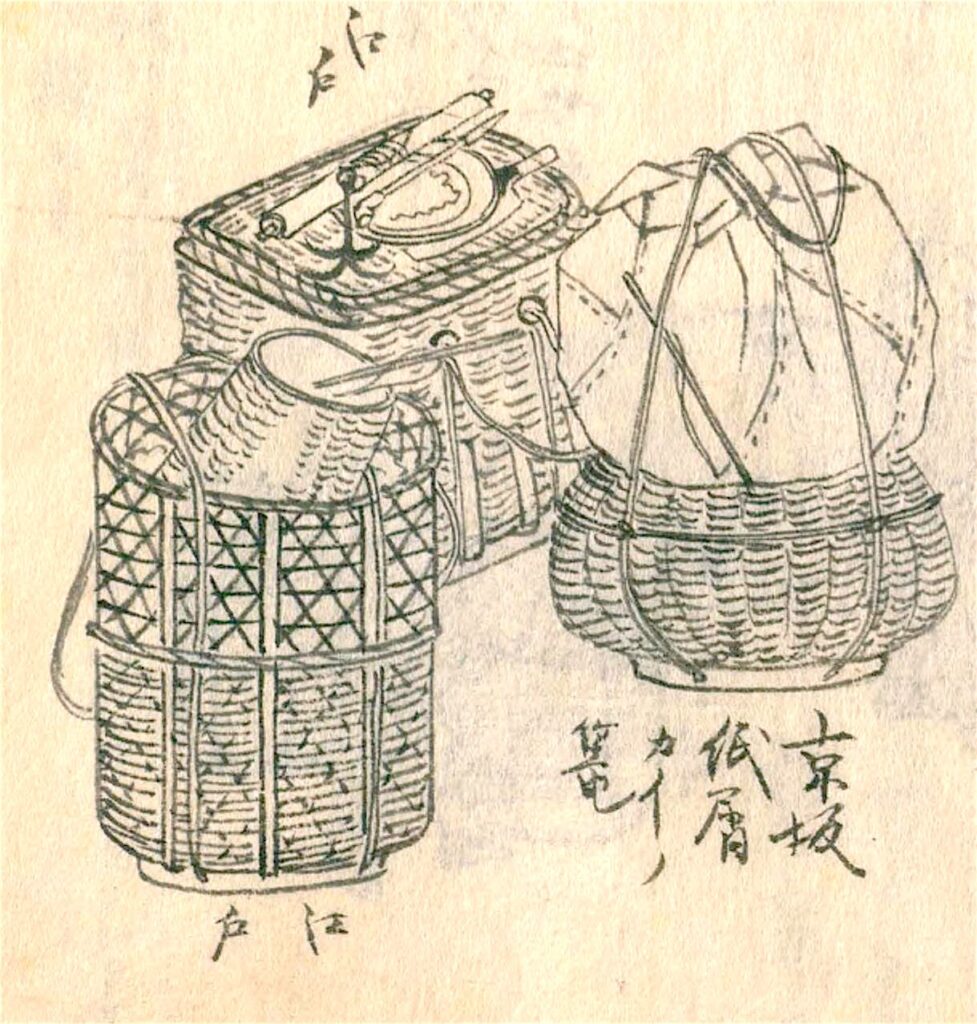
Even in the Showa era, the same spirit was alive. Households gave newspapers for collection and in return received toilet paper or tissues. It was the same idea as Edo’s waste paper buyers, embedding the sense that “paper circulates” into daily life.
Numbers of Recycling Rates
As of 2024, Japan’s waste paper collection rate is about 81.7%, and the utilization rate is 66.6%. These far exceed the world averages (collection rate 59.1%, utilization rate 58.7%), making Japan top-level worldwide.
Behind this are the people’s high awareness, advanced papermaking technology capable of removing ink and impurities, and the expansion of resource collection systems by local governments. More waste paper is collected than consumed domestically, so the surplus is exported to China and Southeast Asia, supporting global paper recycling.
What Is Recycle Paper Used For?
Collected waste paper is reborn as toilet paper, tissues, copy paper, cardboard, and wrapping paper. It is dissolved with water and chemicals, ink and foreign matter are removed, and “waste paper pulp” is made. This pulp is mixed with virgin wood pulp to produce various kinds of paper with different strength and whiteness.
Waste paper unsuitable for papermaking is mixed with waste plastics and solidified as RPF (Refuse Paper & Plastic Fuel). Shredded and loosened waste paper is also used as livestock bedding, absorbents, or even additives for asphalt pavement. Paper is used to the very end, in every form.
Realizing the Cultural Difference
Looking at this, Japan has circulated paper for more than 1300 years, from the Nara period to today. Supported by the spirit of mottainai, I may have unconsciously used tissues and toilet paper without hesitation.
But waste paper cannot be recycled forever, as fibers deteriorate, and dependence on forest resources remains. At that time, the critical look from my English friend made me realize not only the cultural difference, but also my own lack of awareness.
Since then, I try not to waste tissues, and when I blow my nose I carry a small handkerchief that can be washed and used again. Because Japan has this long history of recycling culture, I want to consciously value “mottainai” in my daily life as well.
You might also be interested in these articles
■Japanese Love for Reuse:Edo Recycling

Editor and writer from Japan. Not the best at English, but I share real stories with heart and honesty — aiming to connect cultures and ideas that matter.
